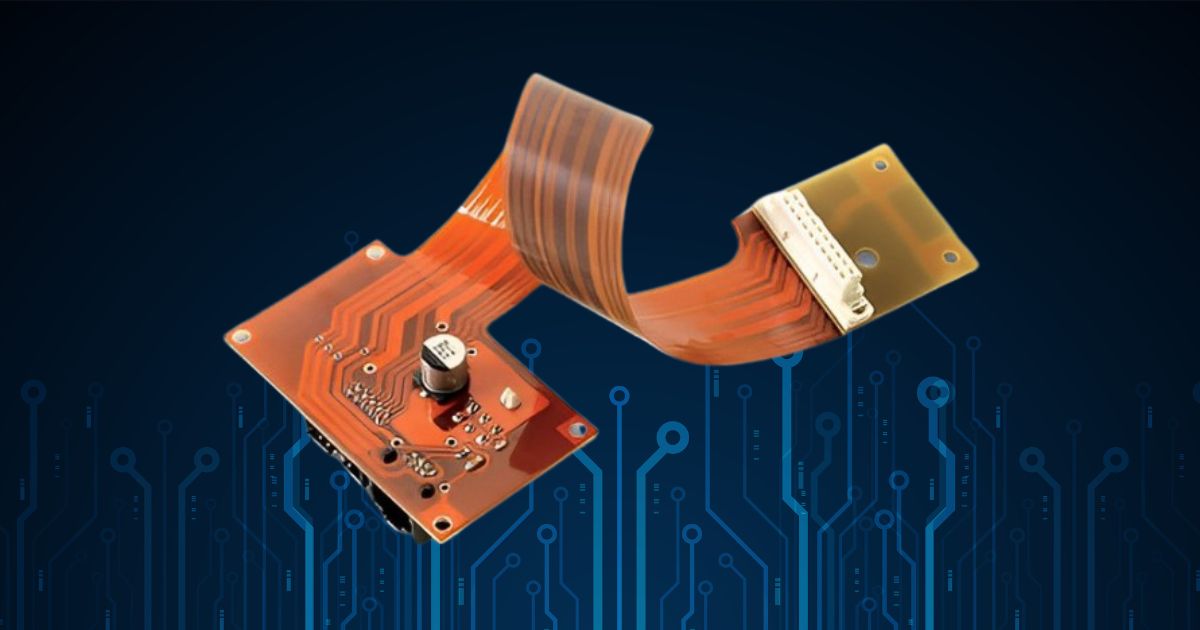Consider using rigid flex circuits for your next project and achieve enhanced prototype performance and reliability. These two-in-one compositions combine the best features of rigid boards and flex circuits to allow better quality control and higher component density. Present in most electronics today, rigid flex variants have seen explosive growth in recent years. The versatility of these combination PCBs supports simple and complex applications for medical devices, aerospace, military equipment, and more.
- Flexible design options: Flex circuits accept any component or connector that can be assembled to a rigid PCB design supporting highly complex configurations. Designs are rigid where extra support is needed and flexible around corners and areas that need more space.
- Package size and weight reduction: Combining rigid boards with flex circuits allows you to streamline your design for reduced package size and weight. You can build circuitry to fit your device instead of the other way around.
- High-density applications: Manufacturers are constantly under pressure to include more high-end technology in less material and space. “Controlled impedance” designs in rigid flex circuits support denser device population and lighter conductors, thus allowing space for more product features.
- Reduced parts and interconnections: When compared to the traditional variety, this newer type of circuit board requires fewer parts, connections and connector assemblies, thus increasing process yield.
- Connection reliability: Having fewer interconnects reduces the sources of potential failure, thereby increasing reliability. The ductility and low mass of flex circuits reduce the impact of vibration and shock contributing to improved product performance. Learn more ways to minimize premature circuit failure.
- Reduced assembly cost: Using fewer parts and connections lowers purchasing and assembly costs. It also helps eliminate risks within your supply chain. We recommend a prototype feasibility analysis to shave months from your total development time and reduce production costs significantly. .
Rigid flex PCBs can reduce complexity and improve reliability. Always choose an experienced PCB assembly company with a keen understanding of the technology and supports close collaboration between your circuit board designer and fabricator to ensure successful deployment.
For more information, visit www.greencircuits.com.
